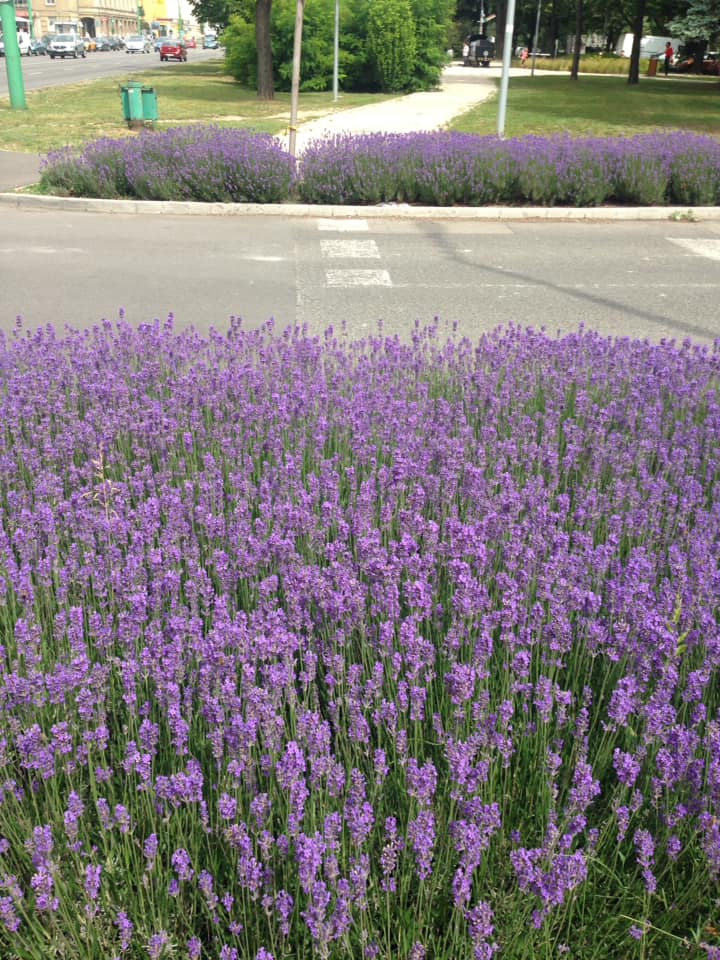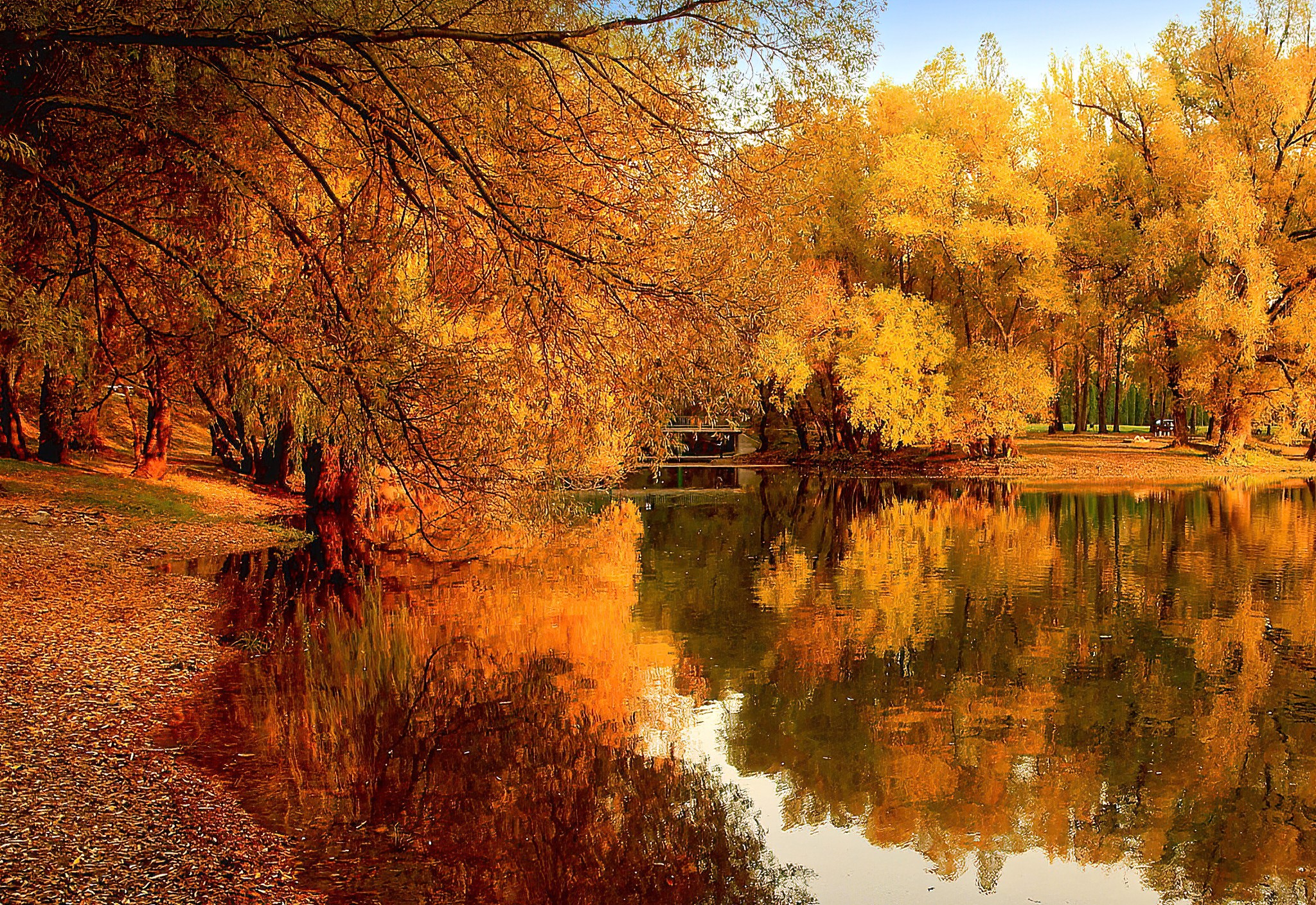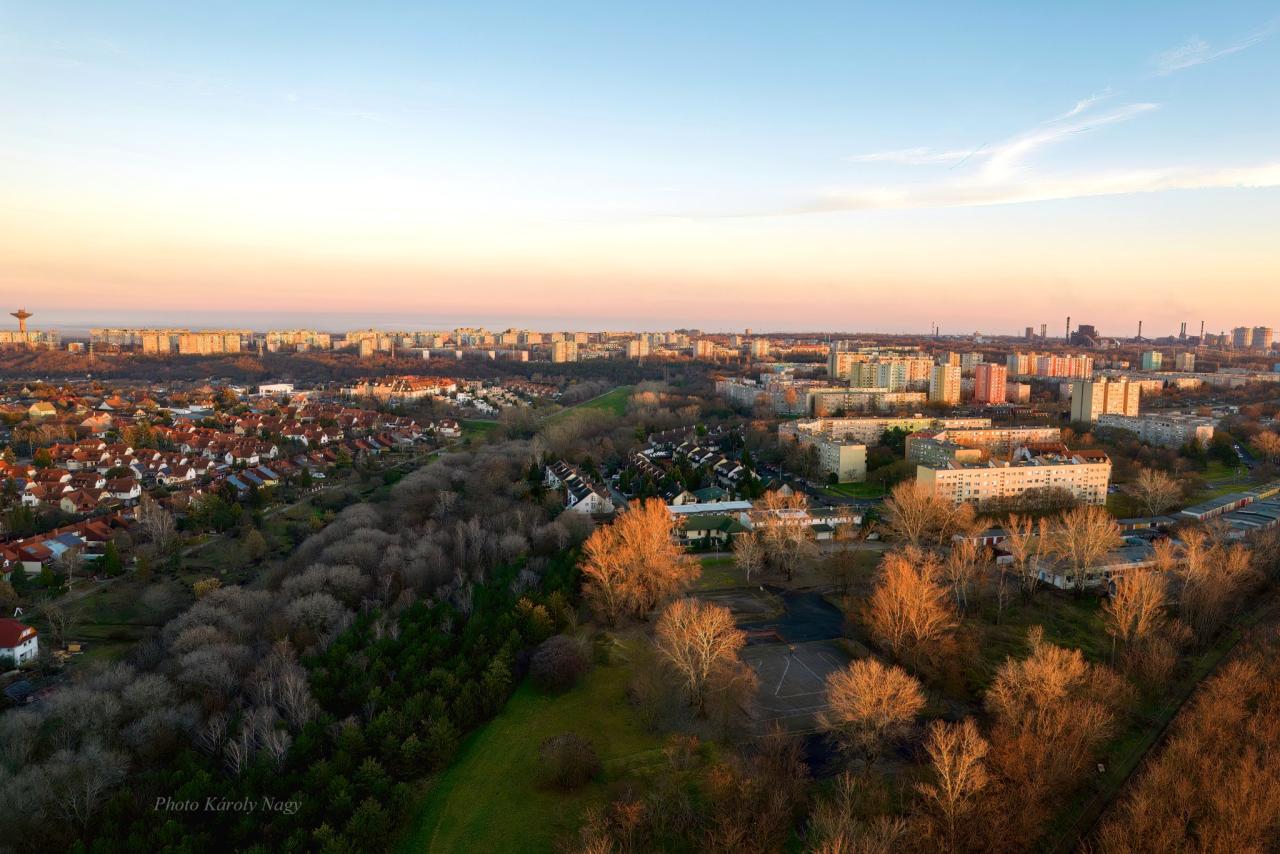Green challenges in the “oldest” new town of Hungary
 Dunaújváros (ca. 42.000 inhabitants) is a typical and well-known example of the newly built and consciously planned industrial cities in Central and Eastern Europe. It was built in the 1950s on the site of a former village, Dunapentele, along with an enormous steel factory, and the city was originally called Sztálinváros (the City of Stalin), before acquiring its current name in 1961, after the Hungarian revolution of 1956 (Dunaújváros means ‘Danube New City’, so new city at the Danube). Among Hungarians, Dunaújváros is known as the “red” city, but interestingly, very few people, including locals know that the green area per capita in the city (112 m 2 ) is twice as high as the average amount of major Hungarian cities.
Dunaújváros (ca. 42.000 inhabitants) is a typical and well-known example of the newly built and consciously planned industrial cities in Central and Eastern Europe. It was built in the 1950s on the site of a former village, Dunapentele, along with an enormous steel factory, and the city was originally called Sztálinváros (the City of Stalin), before acquiring its current name in 1961, after the Hungarian revolution of 1956 (Dunaújváros means ‘Danube New City’, so new city at the Danube). Among Hungarians, Dunaújváros is known as the “red” city, but interestingly, very few people, including locals know that the green area per capita in the city (112 m 2 ) is twice as high as the average amount of major Hungarian cities.
This great green asset is under threat – like almost everywhere else in Europe. While locals are not aware of their green ‘treasure’, climate change, manifested in increased frequency of meteorological drought, heavy winter precipitation, more intensive rainfalls in summer, and extreme heatwaves pose a challenge for the maintenance of the green areas (the city’s trees are getting old by now), especially since the city is located on a loess plateau that makes the situation even more complex since this sediment, formed by the accumulation of wind-blown dust in the ice-age, is critically posed for erosion when it is humid. Thus, there is a drainage system below the city and watering public parks is forbidden, while the municipality has to cut down dozens of trees that dried out in the 2022 historical drought that heavily hit Hungary.

It is always challenging to do things differently and climate change stimulates our civilisation notonly to do things differently but shift paradigms - very soon. Urban greenery is a window to the outside world for many people and it is high time to change how we manage our urban greenspaces. The issue is that our connection to nature, deeply rooted in cultural values, attitudes, and norms, plays a key role when we intend to increase the size and quality of urban green spaces as well as natural habitats and protected areas in and outside of the cities - in line with the EU Biodiversity Strategy for 2030 and the historic Nature Restoration Law.
It is not neglected, it is biodiverse!
 Resilient, biodiversity-driven green space management is increasingly visible in European cities. Using urban wildflower meadows instead of English lawns, new ways of planting trees to provide more space and air for the roots (e.g. the Stockholm plantation method), bee pastures and other initiatives to support pollinators, diversification of urban trees and bushes in the parks by using native and resilient species, using living stock for grazing, bird and bat-friendly parks, keeping leaves on the ground to provide habitat for insects and wintering places for hedgehogs – these scenes are more and more common in European cities, but residents often do not understand why these changes are needed, thus urban green spaces become urban stages to explain climate actions and the need for nature-based solutions and sensitise residents to understand the importance of biodiversity.
Resilient, biodiversity-driven green space management is increasingly visible in European cities. Using urban wildflower meadows instead of English lawns, new ways of planting trees to provide more space and air for the roots (e.g. the Stockholm plantation method), bee pastures and other initiatives to support pollinators, diversification of urban trees and bushes in the parks by using native and resilient species, using living stock for grazing, bird and bat-friendly parks, keeping leaves on the ground to provide habitat for insects and wintering places for hedgehogs – these scenes are more and more common in European cities, but residents often do not understand why these changes are needed, thus urban green spaces become urban stages to explain climate actions and the need for nature-based solutions and sensitise residents to understand the importance of biodiversity.
Cities do a lot in this field, from simple campaigns such as placing meaningful messages or signboards on trees about their benefits incl. monetising them, to more complex projects. Cities often use their tree registries to highlight the ecosystem services urban trees provide. They create a dedicated website or app not only to describe the species, genus and family of the given tree but to share myths, cultural and historical values as well as to highlight benefits (e.g. oxygen produced, carbon dioxide reduced, stormwater intercepted, energy conserved, air pollutants removed, total value of the tree).
This has great potential in Dunaújváros as the creation of a tree inventory is one of the most important goals of the municipality, which also can learn some communication/engagement practices from BiodiverCity partners (e.g. community-led Jane Jacobs Walks focusing on green spaces experienced by Cieza, urban trekking from Siena, organisation of Bioblitz events from Guimarães). The use of placemaking to redesign urban green spaces indeed seems important in Dunaújváros since “placemaking inspires people to collectively reimagine and reinvent public spaces as the heart of every community” - says Project for Public Spaces, the initiator of the placemaking movement.
Invitation is stronger than intervention - a well-known story about the power of
communication and sharing responsibility
 Using public spaces in a more environmentally conscious way and doing something for the public was the standard decades ago in Dunaújváros. For example, the city was famous for the high number of residents using bicycles daily and there were legends about the flowers placed on the streets. To tackle the most pressing issue, awareness raising, the arboretum in the city centre has a huge potential, but the popular Flowering Dunaújváros Competition is also a great asset (creating new categories reflecting on biodiversity and community actions), to explain the need for more biodiversity-driven approaches. No need to go back to the past, but it is worth rethinking the ways we use our public spaces, and this might help create a new identity for the “red” city too, enabling
Using public spaces in a more environmentally conscious way and doing something for the public was the standard decades ago in Dunaújváros. For example, the city was famous for the high number of residents using bicycles daily and there were legends about the flowers placed on the streets. To tackle the most pressing issue, awareness raising, the arboretum in the city centre has a huge potential, but the popular Flowering Dunaújváros Competition is also a great asset (creating new categories reflecting on biodiversity and community actions), to explain the need for more biodiversity-driven approaches. No need to go back to the past, but it is worth rethinking the ways we use our public spaces, and this might help create a new identity for the “red” city too, enabling
locals to be proud of their green heritage.
Communication is key in this story. The city has already mapped its natural assets and biodiversity, and locally protected some areas and significant trees (a local arboretum, a nesting area of Merops apiaster, 22 trees, while along the Danube there are nationally protected Natura 2000 sites), there are enthusiastic local teachers and residents, but like everywhere in Hungary (and perhaps in many other countries), average residents complaint immediately when for example leaves start to fall and the municipality does not have time to clean it up. Our connection to nature is challenged…
 “Our city has two lungs: the restored recreational area and beach around the Szalki Island at the Danube, and the green terraces at the Danube bank created decades ago after a huge landslide” – says Ms Réka Beéry, head of the department. These places are symbolic in Dunaújváros. Szalki Island is a good example of restoration, but beyond the summer season is hardly used. The grasslands on the terraces provide a great opportunity to transform them into more natural habitats, creating a showcase for the city to be followed by climate-adaptive grassland management across the entire city. “Due to climate change, we have to rethink the management methods of urban green spaces, we must enlarge and intensify the green surfaces and their biodiversity, we need to use new, more resilient species, while at the same time, we have to remove invasive alien species, and most importantly, we must invite residents to this process, enabling them to understand the climate actions needed” – says Mr László Szabó, administrator for green areas of the Municipality of Dunaújváros.
“Our city has two lungs: the restored recreational area and beach around the Szalki Island at the Danube, and the green terraces at the Danube bank created decades ago after a huge landslide” – says Ms Réka Beéry, head of the department. These places are symbolic in Dunaújváros. Szalki Island is a good example of restoration, but beyond the summer season is hardly used. The grasslands on the terraces provide a great opportunity to transform them into more natural habitats, creating a showcase for the city to be followed by climate-adaptive grassland management across the entire city. “Due to climate change, we have to rethink the management methods of urban green spaces, we must enlarge and intensify the green surfaces and their biodiversity, we need to use new, more resilient species, while at the same time, we have to remove invasive alien species, and most importantly, we must invite residents to this process, enabling them to understand the climate actions needed” – says Mr László Szabó, administrator for green areas of the Municipality of Dunaújváros.

Although professionals need to deal with practical (annoying) daily issues like stopping illegal parking that destroys urban green spaces or removal of the huge amount of biomass from public green areas (which should not be necessary everywhere) and improving the water quality of local streams, they are open for a paradigm shift in daily practices, and despite the regular waves of residential complaints, they are open to share ownership and responsibility.
“The municipality follows the strategic directions laid down in key policy papers, but urban biodiversity and nature-based solutions are new expressions for us” – says Mr Zsolt Szabó, vice mayor. “Since we need new answers to the emerging challenges, we are open to learning, especially since biodiversity-driven green space management is something out of the scope of European funding. The BiodiverCity network is thus crucial for us helping to plan the paradigm shift needed in public green spaces, but the city just won a LIFE project enabling us to transform one of the 10 storey prefabricated buildings and its surroundings into a “green oasis” by using green walls and roofs, installing a community garden and use biodiversity-driven park maintenance on that area."
“The municipality organises lots of events dedicated to environmental protection, and there is a lot of information available on the website of the municipality, but climate actions are fragmented. We should need a joint platform for awareness-raising” - says Ms Nóra Deák, director of a contemporary art gallery. Now this challenge will be also tackled since a Biodiversity
Officer shall be appointed to join forces.


